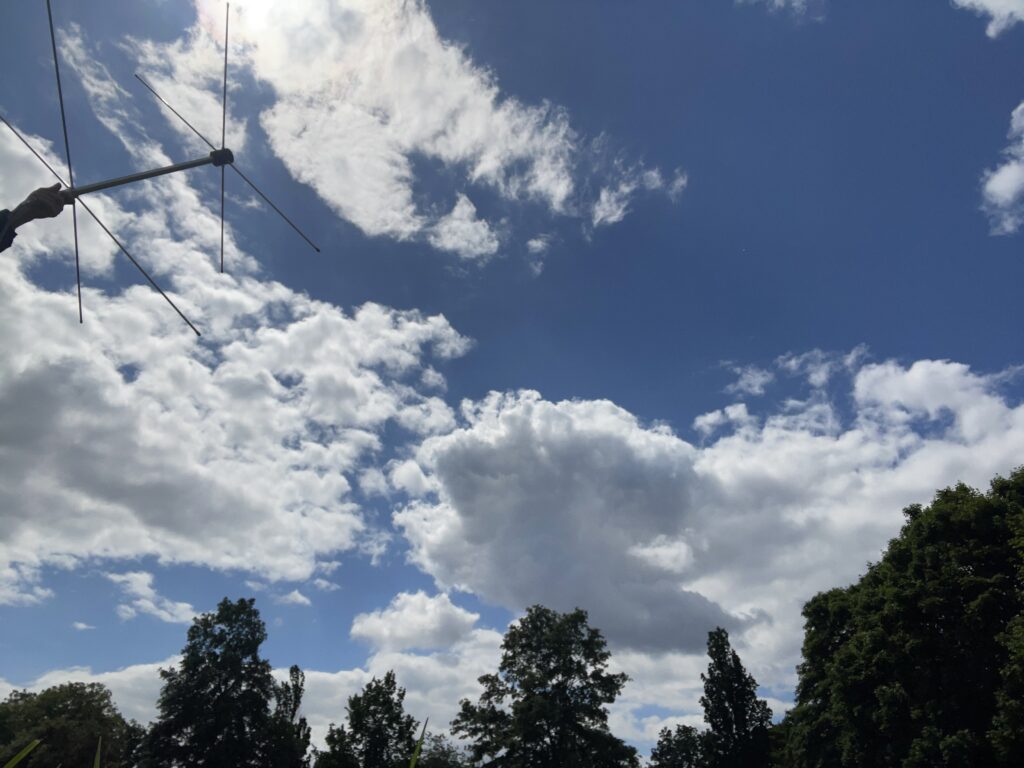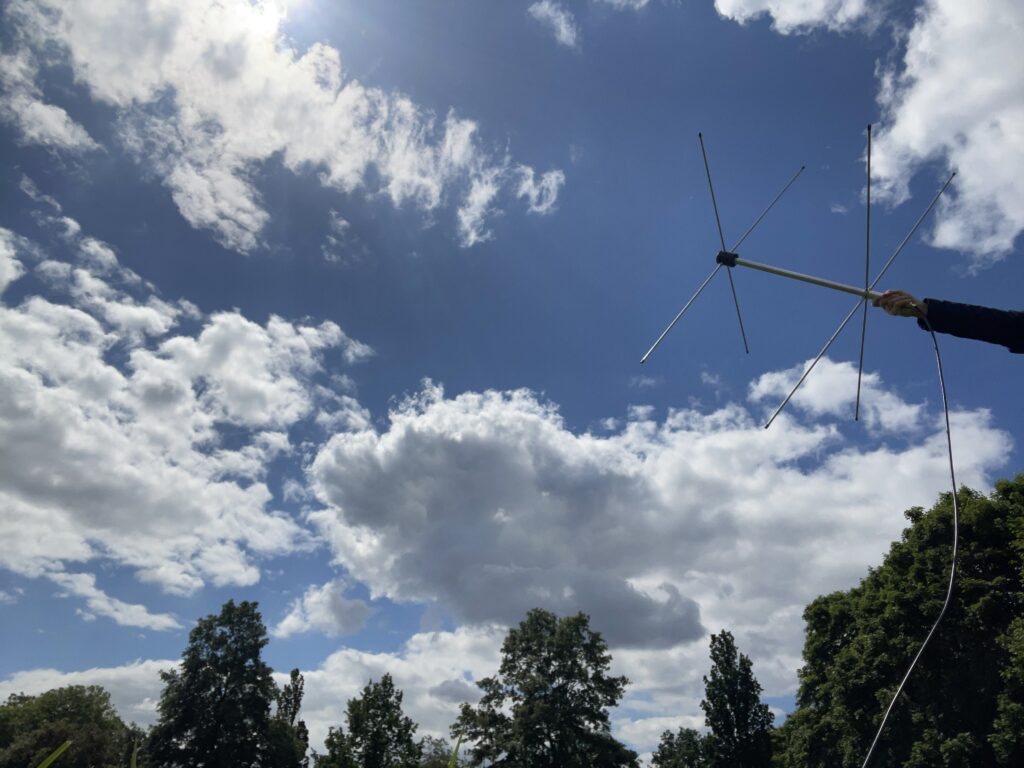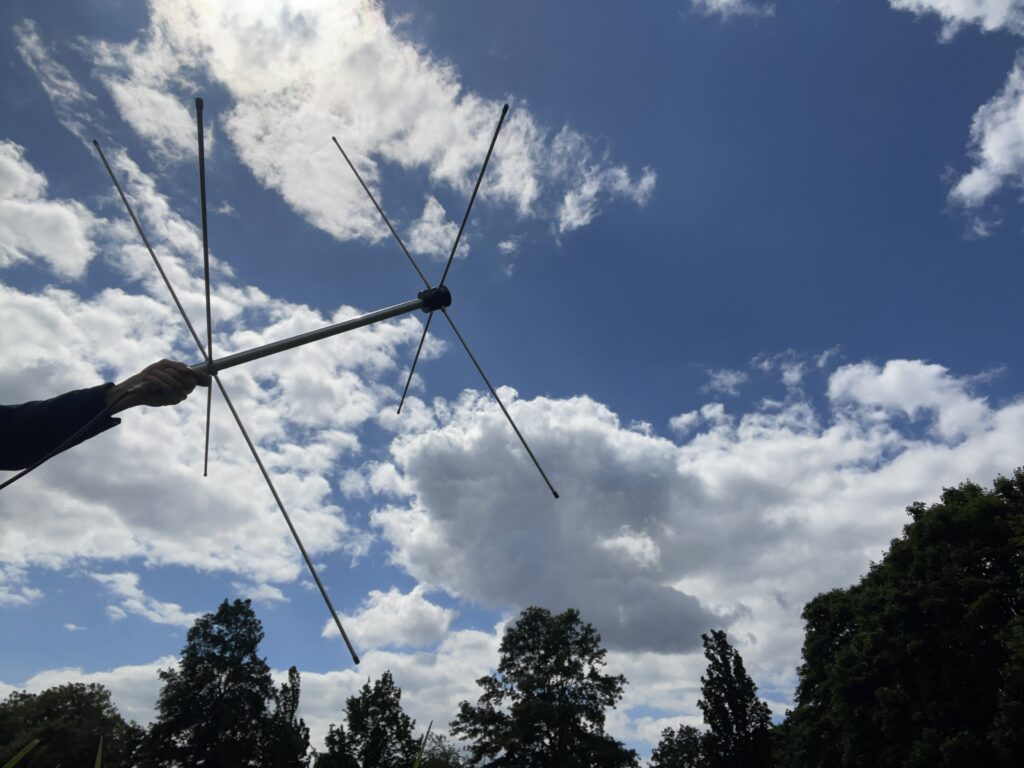Local Date
29 May 2024Local Time
12:11Location
Hackney Downs, LondonCountry or Territory
United KingdomContributor
Sasha EngelmannSatellite
NOAA-18Radio Callsign
Archive ID
Coordinates
I have been thinking a lot about how scholars, artists and others investigating air try to 'substantiate' it in their work. In a chapter on 'Air's substantiations', anthropologist Tim Choy makes an analogy between a scholar/artist/practitioner studying air, and a PM sensor on the roof of a building. He writes, "enclosed machines on rooftops and streets ingest millions of mouthfuls of wind a day, calming it so that the particles it holds can be collected to count, to accumulate enough of the particular for it to register as weight, as substance worth talking about" (2011: 146). Choy continues, "miming this method, I collect the details in a diffuse set of contexts" to "turn the diffuse into something substantive" (2011: 146). This comes after a discussion of the ways in which air invites us to trouble binaries of the particular and the universal in cultural theory, both of which end up reifying solidity and 'ground'. 'Miming' the PM sensor, though, aren't we, as scholars and other practitioners, largely falling into the trap of 'particularising' air, counting particles so that our analyses add up to something worthy of empirical and conceptual attention? As I read across social science and humanities writing on air, I notice how often the 'particle' comes up, even when people are exploring the meso-scales of topics like breath and policy brutality. Is there something also about the outpouring of scholarly and artistic work on the citizen science of air quality that makes us feel we can and should be counting particles, even when that's not what we are doing? What if, in efforts to 'substantiate' air, we paid more attention to the fullness of air's aesthetics, its movements, gradients, vacuums, and porosities... the emptiness in between loosely tethered molecules? Rather than 'mouthfuls' of particles we might be substantiating something closer to texture, impressions, traces.



